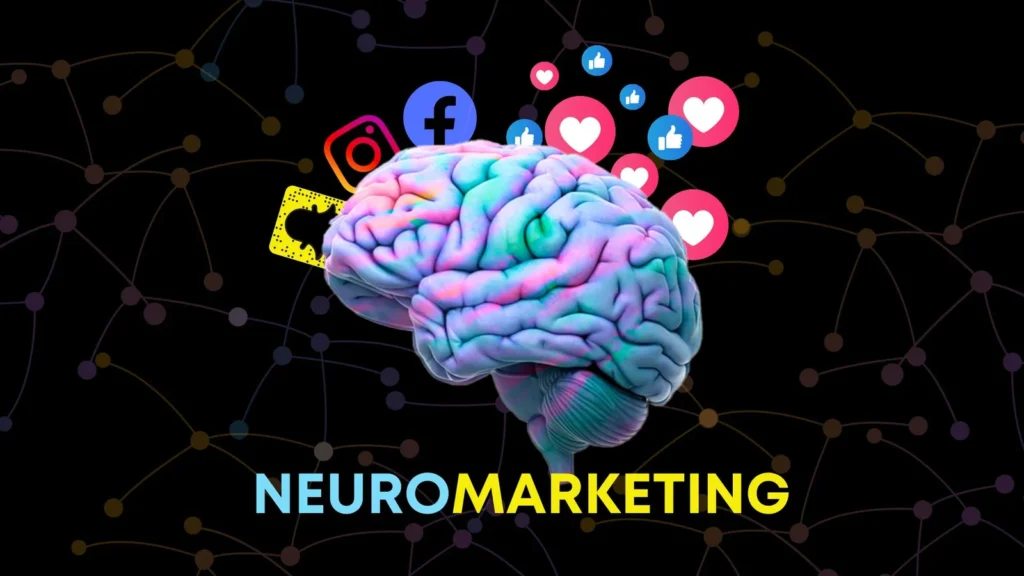Marketing has always been about understanding people — their needs, emotions, and decisions. Neuromarketing in marketing goes one step deeper by exploring how the brain responds to messages, helping businesses design campaigns that truly connect.
Table Of Contents
What is Neuromarketing?
Neuromarketing combines neuroscience, psychology, and marketing to study how people’s brains react to advertising, websites, packaging, and other brand experiences. Instead of relying only on surveys or focus groups, neuromarketing uses scientific tools such as:
- Eye-tracking – to see where people look and what grabs attention.
- Facial coding – to detect emotions like joy, surprise, or frustration.
- EEG (electroencephalography) – to measure brain activity and engagement.
- Biometric sensors – to track heart rate or skin responses to emotional triggers.
These methods help businesses go beyond what customers say and uncover what they truly feel.
How to Use Neuromarketing in Business
You don’t need expensive lab equipment to benefit from neuromarketing principles. Many insights can be applied to everyday marketing strategies:
- Colors and Design
Colors influence mood and behavior. For example, blue conveys trust, while red can create urgency. Choosing the right color palette for your website or ads can drive stronger reactions. - Emotional Storytelling
The human brain connects better with stories than with dry facts. Using narratives in campaigns makes your brand memorable and relatable. - Simplify Choices
Too many options overwhelm the brain. Clear calls-to-action (CTAs) and streamlined navigation on your website reduce friction and guide users toward conversion. - Social Proof
Seeing others use a product activates trust in our brains. Even small cues like reviews, testimonials, or “most popular” tags can increase conversions. - Sensory Triggers
If possible, use sounds, textures, or scents to reinforce your brand experience. Online, this could be engaging video content or interactive visuals.
Why Neuromarketing is Good for Businesses
Neuromarketing isn’t about manipulating customers — it’s about creating more effective, user-friendly, and engaging experiences. Some of the main benefits include:
- Higher conversion rates: Better understanding of what triggers action.
- Stronger emotional connection: Build trust and loyalty with customers.
- Reduced guesswork: Back up design and messaging choices with science.
- Competitive advantage: Stand out in crowded markets with smarter strategies.
Final Thoughts
Neuromarketing is where science meets creativity. By applying insights about how the brain works, businesses can design marketing that feels more natural, more persuasive, and ultimately more successful.
At Crystal Web Solutions, we help businesses use strategies like these to improve their digital presence and turn visitors into loyal customers.





